
Travel guide to the most famous diamonds in the world.
The summer holidays are just ahead. I hope you have
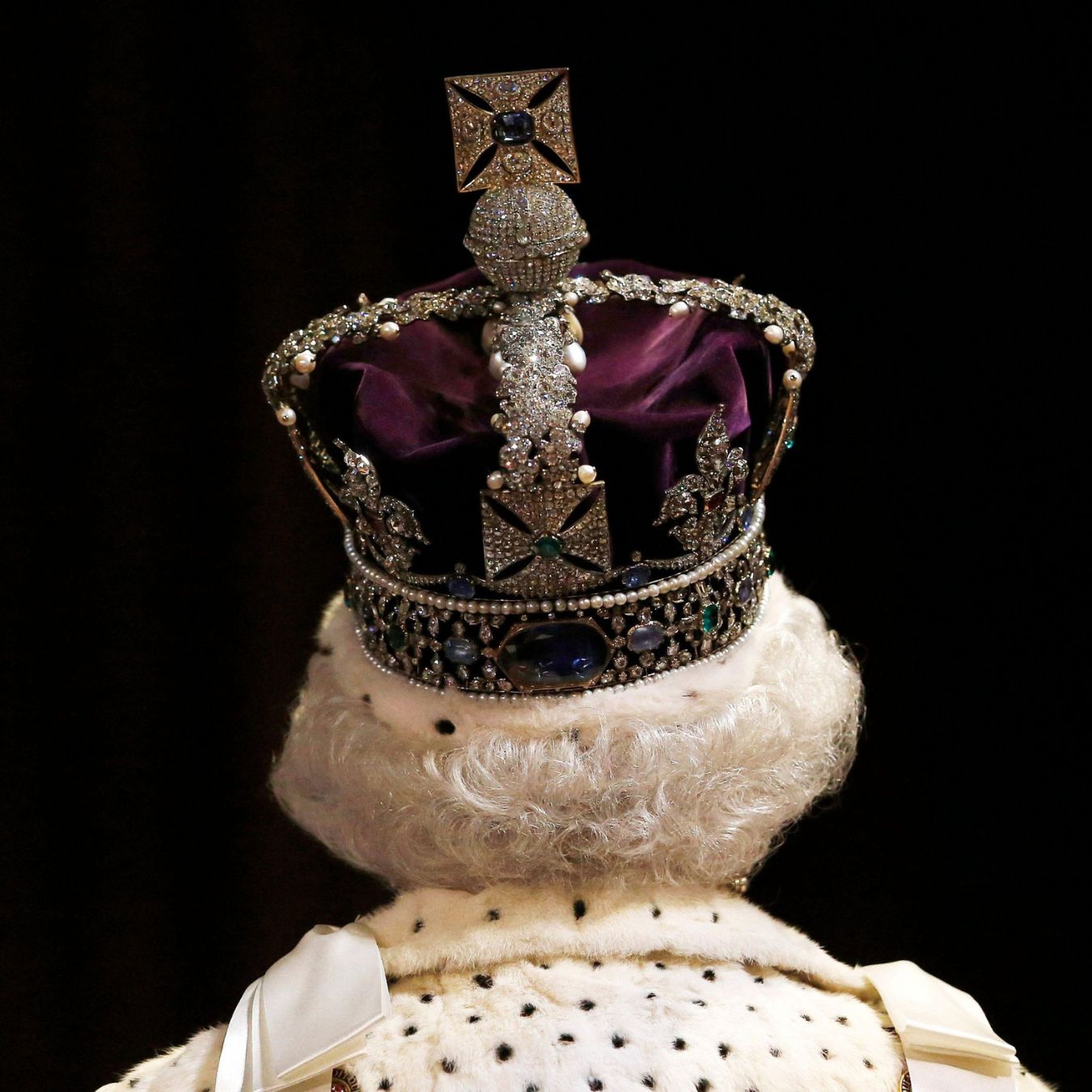
The royal jewels of England are among the finest and most valuable in the world. Consisting of 100 pieces, and more than 23,000 gemstones, the collection is nothing short from spectacular. The jewels are normally on display in the Tower of London, which is currently closed to the public, as the jewels are being used for the funeral of Queen Elizabeth II and the coronation of King Charles.
But the crown jewels are really the most notable in the collection. If you have followed the Queen’s funeral, you will have seen the beautiful purple crown jewel, a coronation regalia, on the coffin. The coronation regalia are sacred objects, used during the coronation ceremony. These unique pieces represent the powers and responsibilities of the monarch.
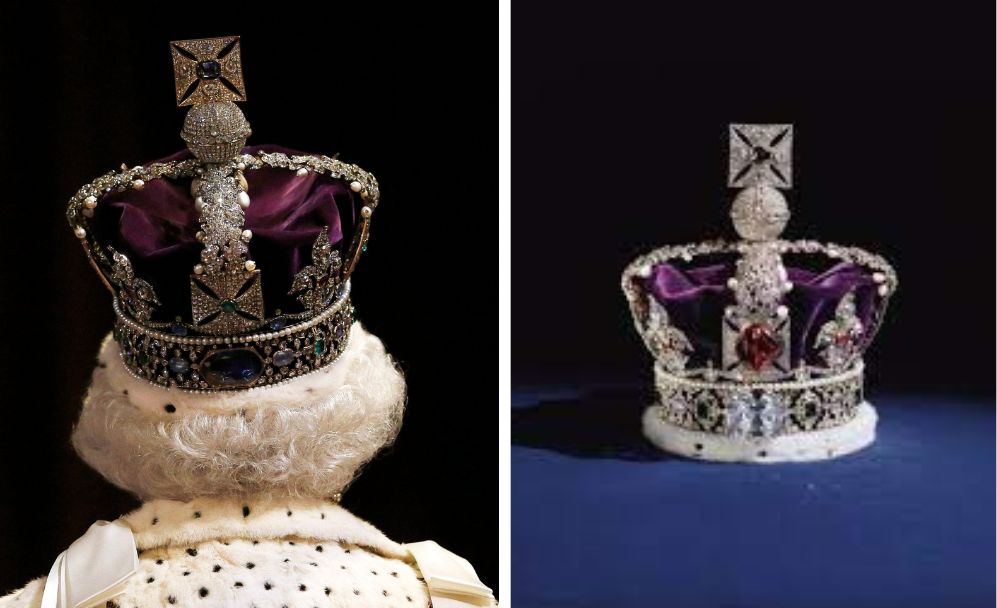
The crown was commissioned for King George VI’s coronation in 1937 and is used for formal events such as the state opening of Parliament. Queen Elizabeth II wore it following her coronation ceremony in 1953, and we will see it again for the coronation of King Charles.
The crown is a piece of art, bearing 2,868 diamonds, 269 pearls, 17 sapphires and 11 emeralds. The weight is 1.060 grams, and it is 31.5 cm tall. The front centrepiece diamond, Cullinan II, is the second-largest stone, which was cut from the Cullinan Diamond – the largest diamond ever mined.
An interesting fact about the Imperial State Crown, is that the huge red stone on the crown was originally believed to be a red ruby. That was until GIA, the Gemological Institute of America, had the crown in for valuation, and discovered that the ‘ruby’ was in fact a spinel. Which doesn’t make it any less beautiful.
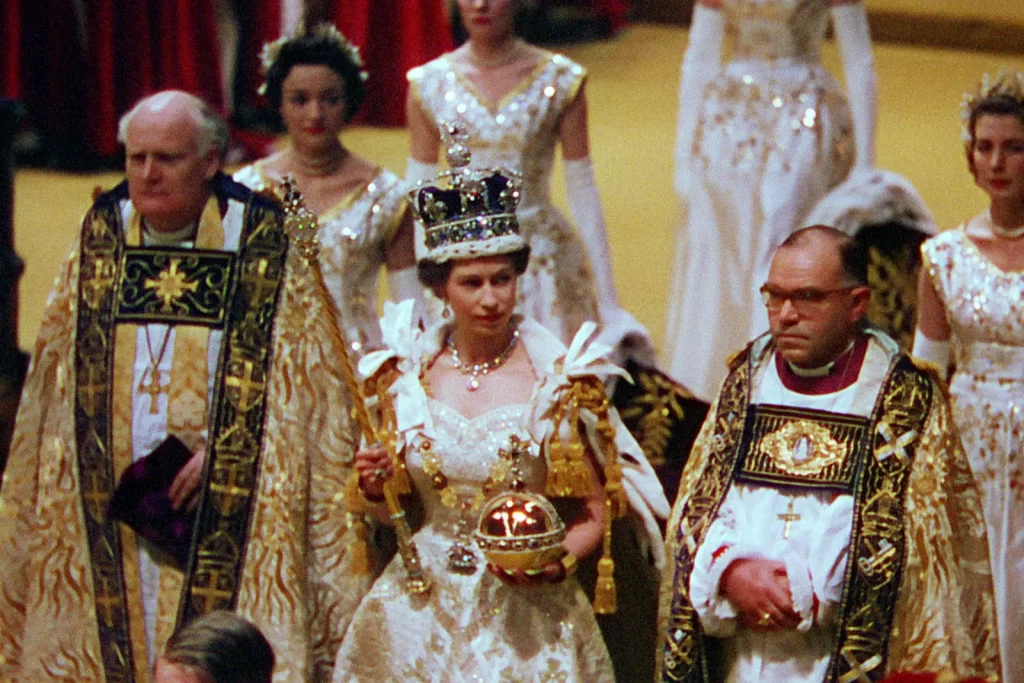
The sceptre represents the monarch’s temporal power and good governance, and complements the spiritual power symbolized by the Sovereign’s Sceptre with cross. It is a symbolic ornamental rod that is held by the monarch at a coronation.
The sceptre is 92 cm long and weighs more than 1 kg. The largest diamond in the world, the Cullinan I, reigns at the top of the sceptre. The diamond, famously called the ‘First Star of Africa,’ weighs 106 grams and due to the diamond’s weight alone, the sceptre had to be reinforced in 1910.
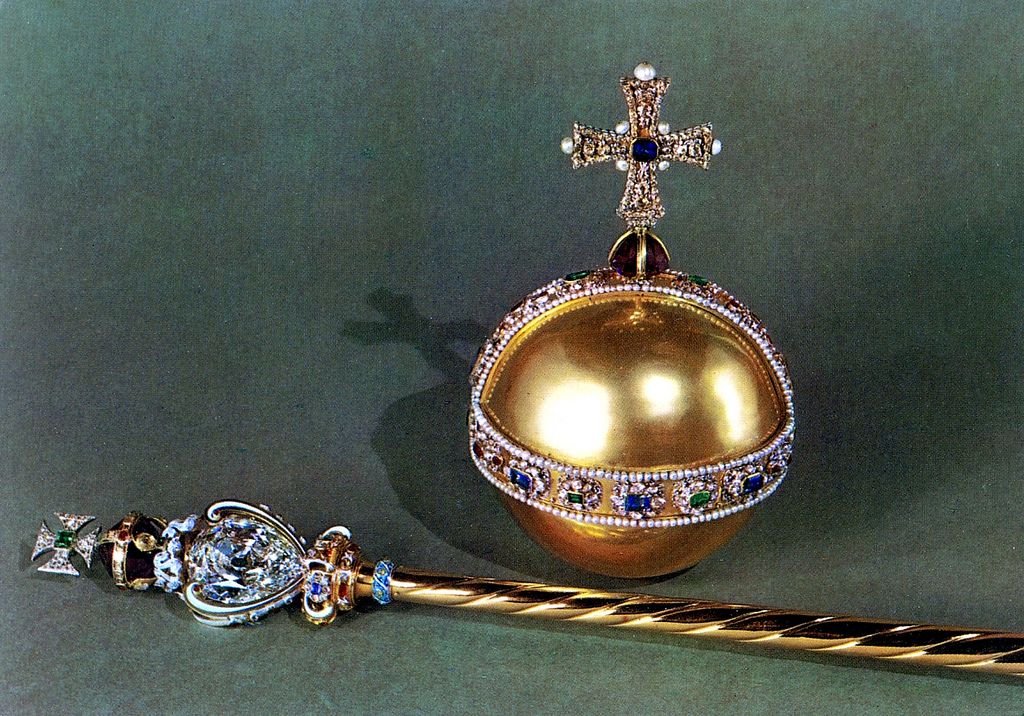
The orb is a representation of the monarch’s power and of the Christian world. It is a gold piece of jewellery, surrounded by a band of diamonds, emeralds, rubies, sapphires, and pearls. Perching on top of the orb, is an amethyst and a cross with pearl details. The orb is 27-5 cm tall and weighs 1.320 grams.
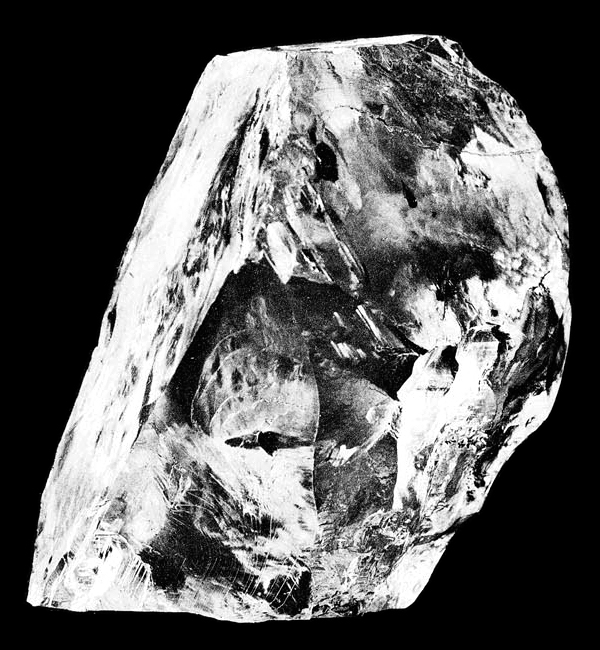
In 1905 in South Africa, the world’s largest diamond ever mined was unearthed, the Cullinan Diamond. Weighing 621 grams uncut, translating to 3.150 carats, it is almost twice as a large as the second largest diamond ever discovered. The Transvaal government presented it to King Edward VII on his 66th birthday in 1907, as a gesture of reconciliation after the Second Boer War (1899-1902).
Following its’ presentation to the King, three employees of Asscher of Amsterdam worked 14 hours a day for 8 months to uncut and polish 9 large stones from the original uncut stone. Upon the first cut of the Cullinan diamond, it is said that the knife broke rather than the diamond. Remember at that time, we didn’t know anything about laser cutting, and all was done by hand.
Below is a photo of the complete set of the 9 resulting Cullinan diamonds.
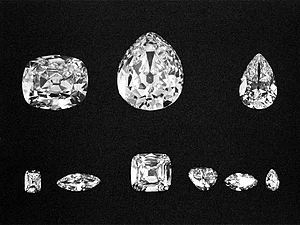

The summer holidays are just ahead. I hope you have

What is the market for pink diamonds like? And what

An old mine-cut diamond is reminiscent of the past when

Looking for an engagement ring that never goes out of

What is the actual work process of making a custom-made
During the past years, the use of diamonds as an investment and financial hedging tool has grown rapidly.
The reason is obvious: Diamond prices are always increasing. In the last 10-15 years, there’s been a huge interest in investing in colored diamonds, making prices for pink and blue diamonds rise by 400 %.
Read more about Investing in Diamonds













Stay informed about the captivating world of the diamond industry by signing up for our newsletter and receive exclusive insights and updates straight to your inbox.


Østerbrogade 226
Copenhagen Ø
TLF: 53532277
CVR: 40081321
Belgian phone no.: +32 485 00 58 42
Danish phone no.: +45 53 53 22 77
Email: trine@bylamm.com
![]()